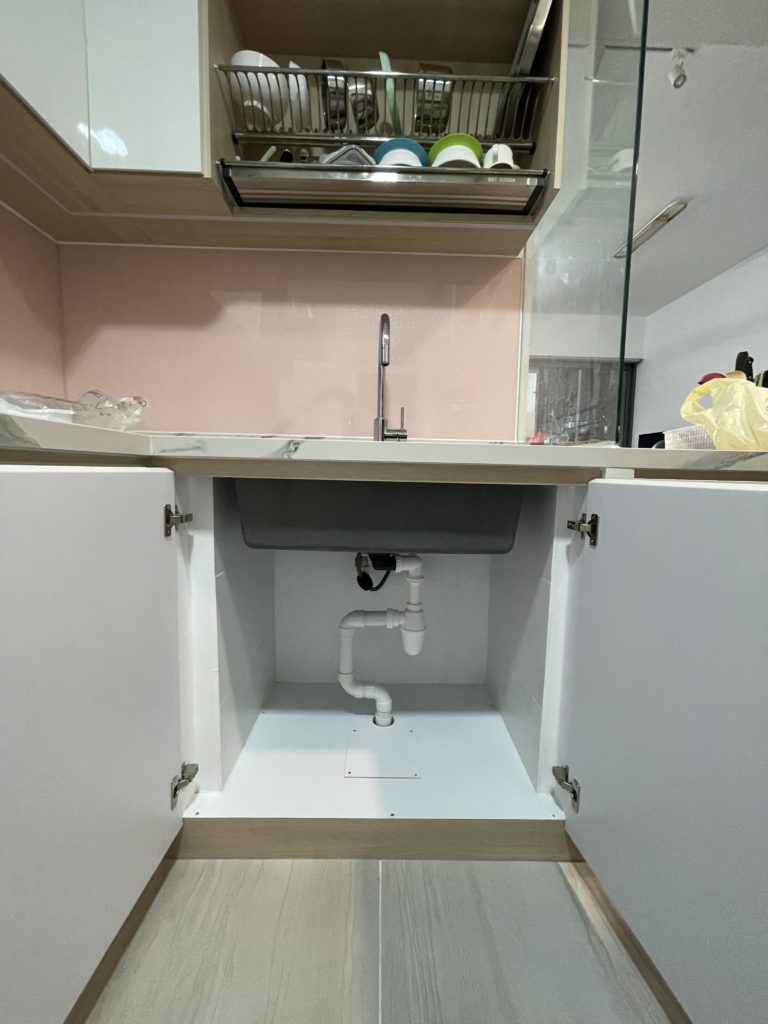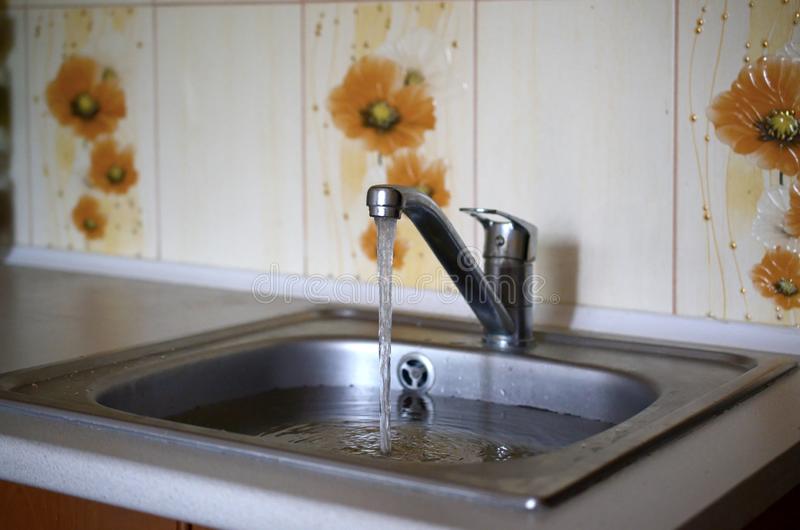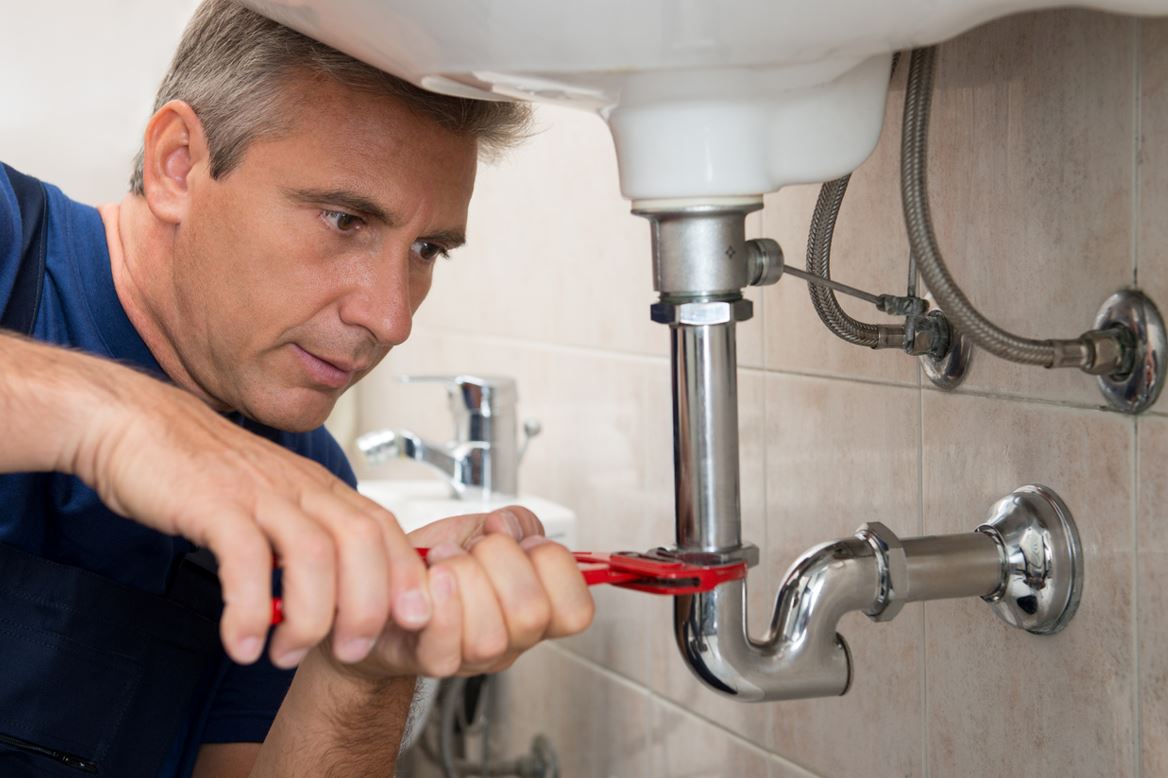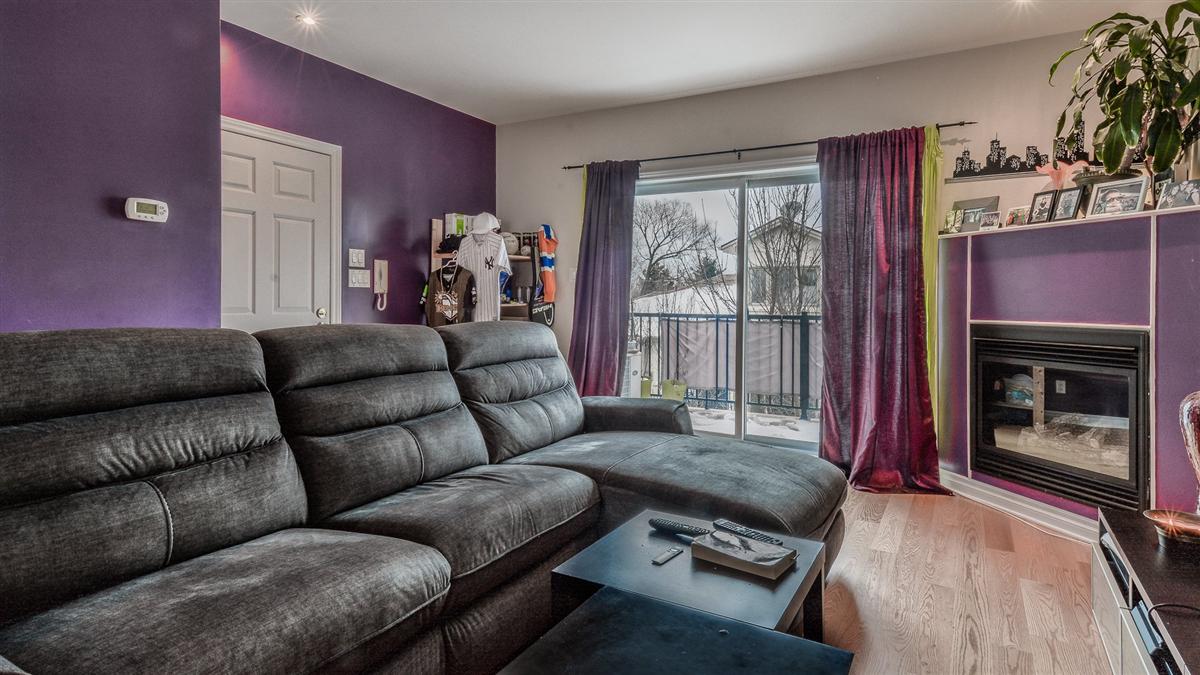If you notice a leak or damage in the piping under your kitchen sink, it's important to address it as soon as possible. While it may seem like a daunting task, repairing piping on a kitchen sink is actually a relatively simple DIY project that can save you money on hiring a plumber. Here are the steps to follow for a successful repair.How to Repair Piping on a Kitchen Sink
Before calling a professional, try fixing the issue yourself. With the right tools and materials, you can repair the piping on your kitchen sink in a few easy steps. Not only will this save you money, but it will also give you a sense of accomplishment and knowledge about your plumbing system.DIY Kitchen Sink Piping Repair
One of the most common issues with kitchen sink piping is leaks. This can be caused by loose connections, worn out seals, or damaged pipes. To fix a leak, start by turning off the water supply to the sink. Then, carefully inspect the pipes for any visible damage. If you find a leak, use plumber's tape or pipe sealant to seal the area. If the pipe is severely damaged, it may need to be replaced.Fixing Leaky Kitchen Sink Piping
If the issue is not a simple leak, you may need to replace a section of the piping. Here's a step-by-step guide for repairing kitchen sink piping: 1. Turn off the water supply to the sink and drain any existing water. 2. Using a wrench, loosen and remove the connections between the damaged section of piping and the rest of the system. 3. Measure and cut a new section of piping to fit the gap, making sure it is the same diameter as the existing pipes. 4. Use a pipe cutter or hacksaw to make clean cuts on the new section and the existing pipes. 5. Use plumber's tape or pipe sealant on the ends of the pipes before connecting them together with couplings. 6. Tighten the connections with a wrench to ensure a secure fit. 7. Turn the water supply back on and check for any leaks.Step-by-Step Guide for Repairing Kitchen Sink Piping
In addition to leaks, there are a few other common issues with kitchen sink piping that you may encounter. These include clogs, low water pressure, and strange noises. Before attempting to fix these issues, it's important to identify the cause. Clogs can be cleared with a plunger or drain snake, while low water pressure may be due to a buildup of sediment in the pipes. Strange noises could indicate a loose connection or a worn out washer.Common Issues with Kitchen Sink Piping and How to Fix Them
To successfully repair the piping on your kitchen sink, you will need a few essential tools and materials. These include: - Wrench - Pipe cutter or hacksaw - Plumber's tape or pipe sealant - Couplings - New section of piping - Teflon tape Having these items on hand will make the repair process much easier and more efficient.Tools and Materials Needed for Repairing Kitchen Sink Piping
If you encounter any issues during the repair process, don't panic. Here are a few troubleshooting tips to help you overcome common challenges: - If you can't loosen a connection, try using a wrench with a longer handle for more leverage. - Make sure the new section of piping is the correct size and properly aligned before tightening the connections. - If you are still experiencing leaks after using plumber's tape or pipe sealant, try using Teflon tape for a stronger seal.Troubleshooting Tips for Kitchen Sink Piping Repair
While DIY repairs can save you money, there are some instances where it may be best to call a professional. If you encounter a major issue such as a burst pipe or significant damage, it's important to seek the help of a licensed plumber. They have the expertise and tools necessary to handle more complex repairs and ensure the job is done correctly.Professional vs. DIY Kitchen Sink Piping Repair
To avoid future issues with your kitchen sink piping, it's important to take proper care of your plumbing system. This includes regularly checking for leaks, avoiding pouring grease or food scraps down the drain, and ensuring all connections are secure. It's also a good idea to schedule regular maintenance with a plumber to catch any potential problems before they escalate.Preventing Future Problems with Kitchen Sink Piping
In some situations, it may be best to leave the repair job to a professional. If you are not confident in your DIY skills or the issue is complex, it's always better to err on the side of caution and call a plumber. Additionally, if you encounter a problem that requires specialized tools or equipment, a professional will have the necessary resources to complete the job effectively. In conclusion, repairing piping on a kitchen sink is a manageable task that can be done by most homeowners. By following these steps and tips, you can save time and money while maintaining the functionality of your kitchen sink. Remember to regularly inspect and maintain your plumbing system to prevent future issues and always seek professional help if needed.When to Call a Plumber for Kitchen Sink Piping Repair
Why Properly Repairing Piping on Your Kitchen Sink is Essential for Your House Design
 For many homeowners, the kitchen is the heart of their home. It is where meals are prepared, memories are made, and quality time is spent with family and friends. With such an important role in our daily lives, it is crucial to maintain the functionality and aesthetics of our kitchen. One of the most important aspects of a functional kitchen is the plumbing, specifically the piping on the kitchen sink. Keeping the piping in good condition is essential for not only the functionality of your kitchen but also for the overall design of your house.
For many homeowners, the kitchen is the heart of their home. It is where meals are prepared, memories are made, and quality time is spent with family and friends. With such an important role in our daily lives, it is crucial to maintain the functionality and aesthetics of our kitchen. One of the most important aspects of a functional kitchen is the plumbing, specifically the piping on the kitchen sink. Keeping the piping in good condition is essential for not only the functionality of your kitchen but also for the overall design of your house.
The Importance of Properly Functioning Piping
 The piping on our kitchen sink is responsible for delivering clean water and removing wastewater. When the piping is not functioning properly, it can lead to a variety of issues. A leaky pipe can cause water damage, which can be costly to repair. It can also lead to mold growth, which can be harmful to your health. Clogged pipes can cause slow drainage, making it difficult to use your sink properly. Additionally, if the piping is not properly installed or repaired, it can lead to low water pressure, making it difficult to wash dishes or fill pots and pans. These issues not only disrupt the functionality of your kitchen but can also impact the overall design and appearance of your space.
The piping on our kitchen sink is responsible for delivering clean water and removing wastewater. When the piping is not functioning properly, it can lead to a variety of issues. A leaky pipe can cause water damage, which can be costly to repair. It can also lead to mold growth, which can be harmful to your health. Clogged pipes can cause slow drainage, making it difficult to use your sink properly. Additionally, if the piping is not properly installed or repaired, it can lead to low water pressure, making it difficult to wash dishes or fill pots and pans. These issues not only disrupt the functionality of your kitchen but can also impact the overall design and appearance of your space.
The Impact on House Design
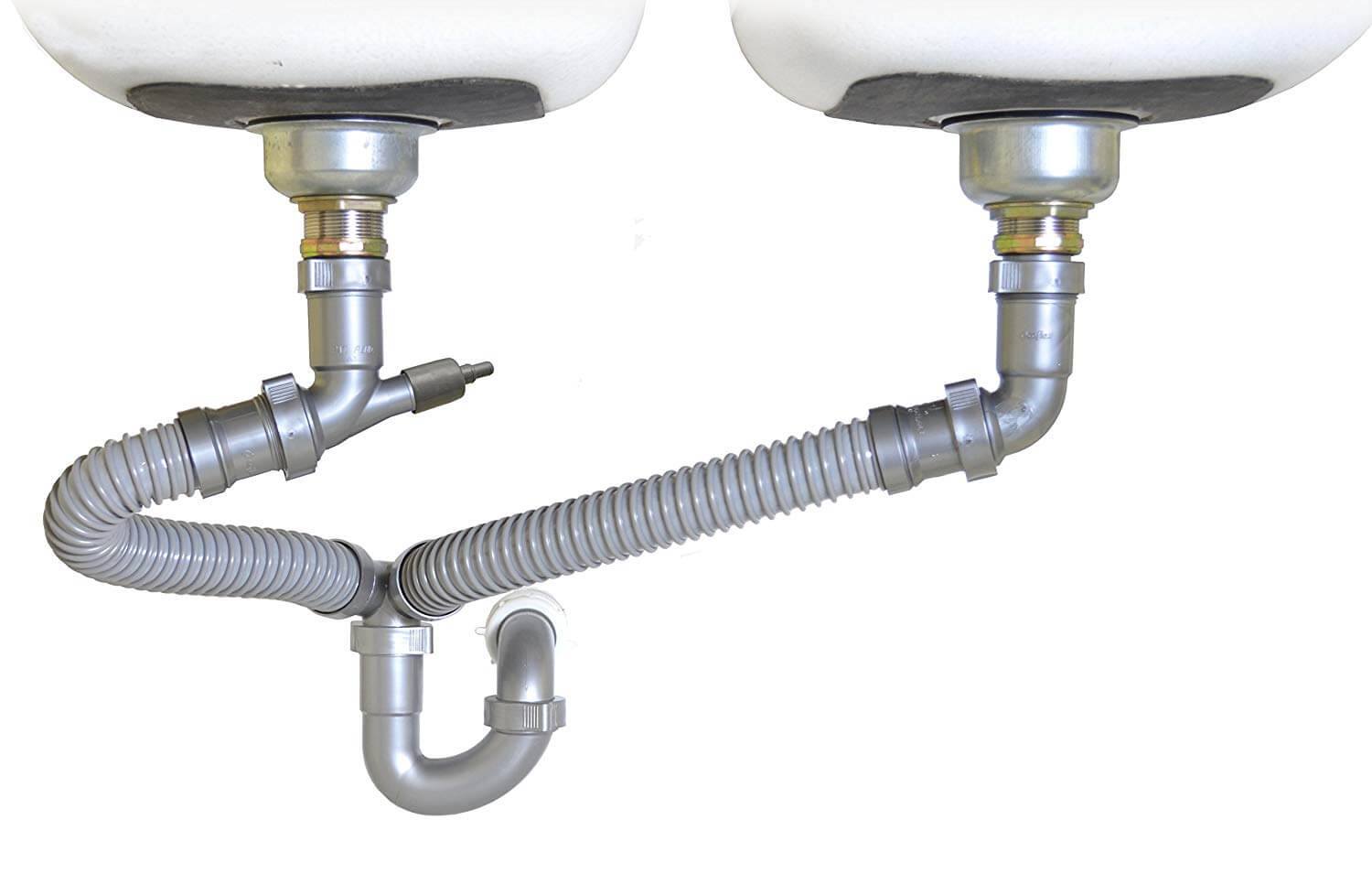 Properly functioning piping is crucial for maintaining the design and aesthetics of your kitchen. A leaky pipe can cause water stains and damage to your cabinets, countertops, and flooring. This not only affects the appearance of your kitchen but can also decrease the value of your home. Mold growth, which is commonly caused by leaky pipes, can also be a major eyesore and can be difficult and expensive to remove. Clogged pipes can also lead to unpleasant odors, which can affect the overall ambiance of your kitchen. By properly repairing the piping on your kitchen sink, you can ensure that your kitchen remains a beautiful and functional space for years to come.
Properly functioning piping is crucial for maintaining the design and aesthetics of your kitchen. A leaky pipe can cause water stains and damage to your cabinets, countertops, and flooring. This not only affects the appearance of your kitchen but can also decrease the value of your home. Mold growth, which is commonly caused by leaky pipes, can also be a major eyesore and can be difficult and expensive to remove. Clogged pipes can also lead to unpleasant odors, which can affect the overall ambiance of your kitchen. By properly repairing the piping on your kitchen sink, you can ensure that your kitchen remains a beautiful and functional space for years to come.
Trust the Professionals
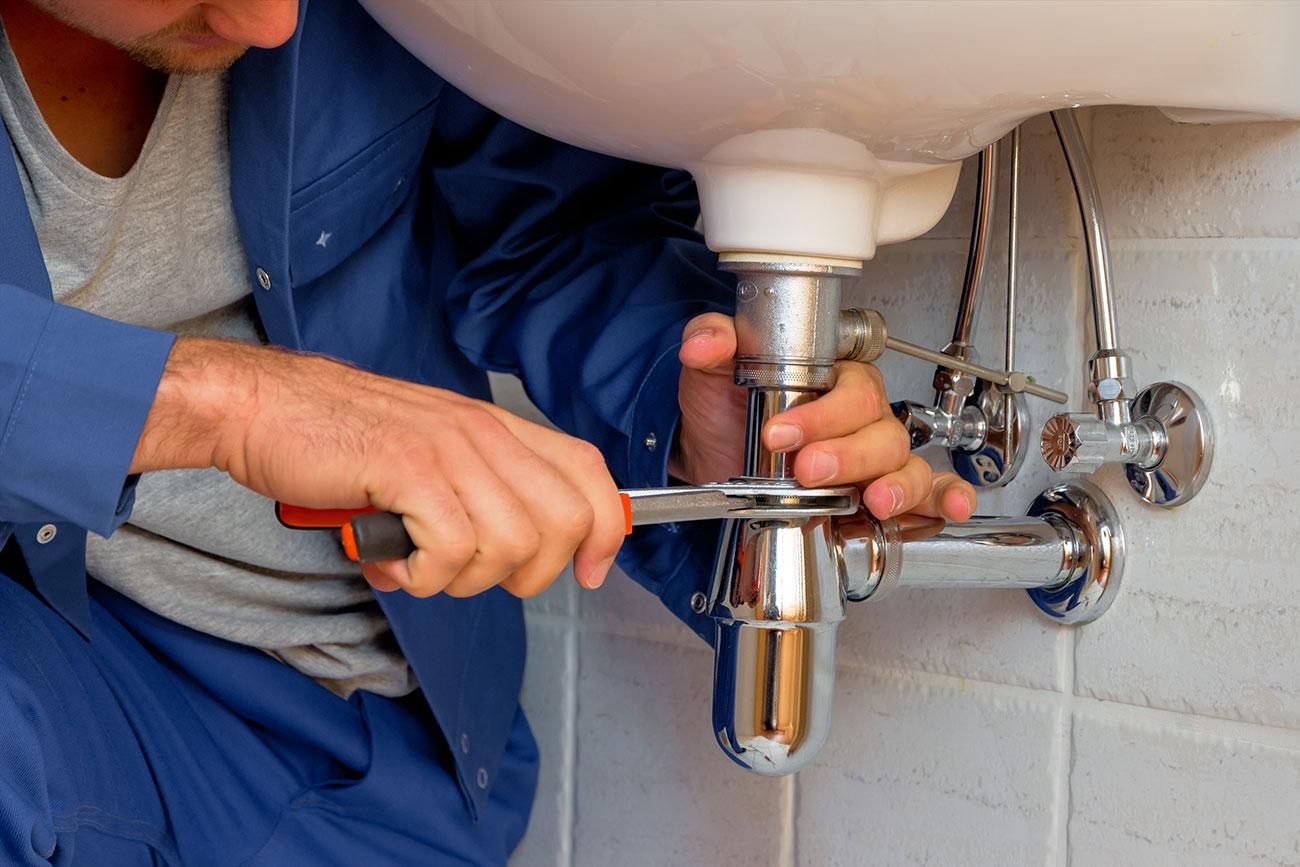 When it comes to repairing the piping on your kitchen sink, it is best to trust the professionals. Attempting to fix the issue yourself can lead to further damage and potentially cost you more in the long run. Professional plumbers have the expertise and tools necessary to properly repair any issues with your kitchen sink piping. They can also provide valuable advice on how to maintain your piping and prevent future issues. By investing in professional repairs, you can ensure that your kitchen remains in top shape and your house design is not compromised.
In conclusion, proper maintenance and repair of the piping on your kitchen sink is crucial for the functionality and design of your house. Don't overlook the importance of this essential component of your kitchen and trust the professionals to ensure that your space remains beautiful and functional. By keeping your piping in top condition, you can continue to enjoy your kitchen for years to come.
When it comes to repairing the piping on your kitchen sink, it is best to trust the professionals. Attempting to fix the issue yourself can lead to further damage and potentially cost you more in the long run. Professional plumbers have the expertise and tools necessary to properly repair any issues with your kitchen sink piping. They can also provide valuable advice on how to maintain your piping and prevent future issues. By investing in professional repairs, you can ensure that your kitchen remains in top shape and your house design is not compromised.
In conclusion, proper maintenance and repair of the piping on your kitchen sink is crucial for the functionality and design of your house. Don't overlook the importance of this essential component of your kitchen and trust the professionals to ensure that your space remains beautiful and functional. By keeping your piping in top condition, you can continue to enjoy your kitchen for years to come.








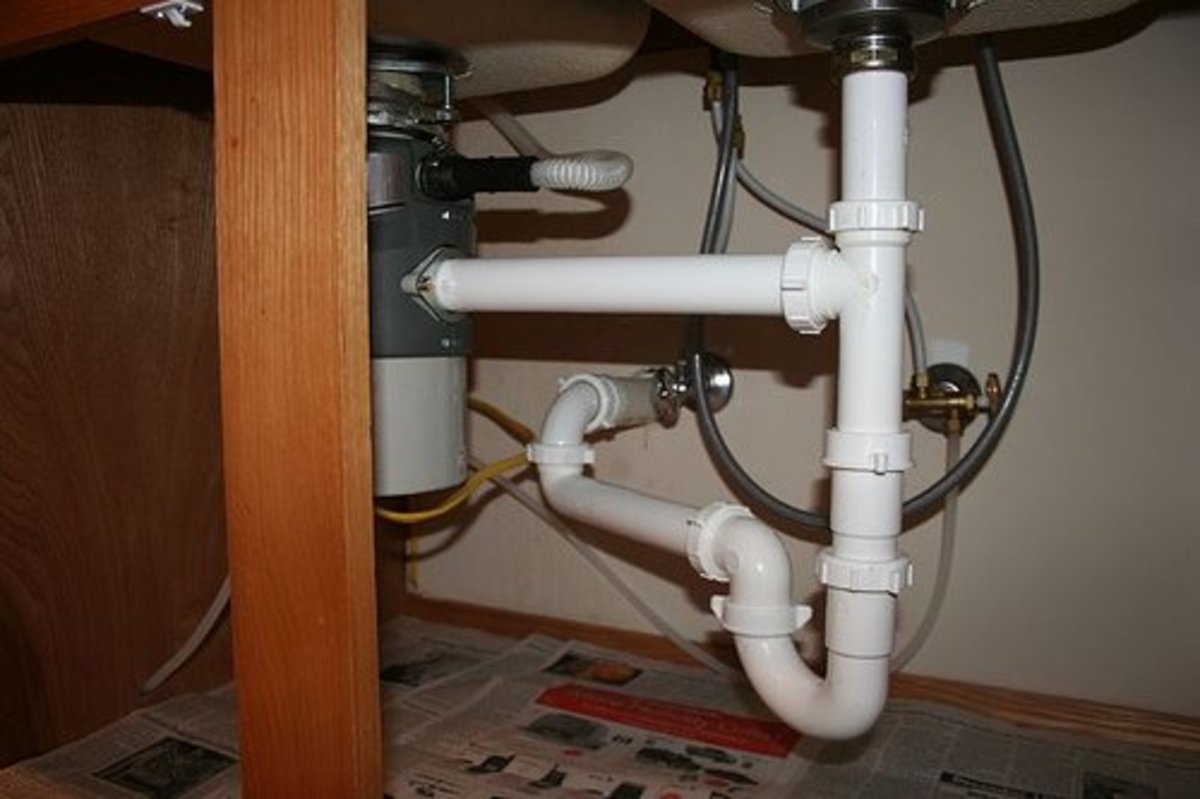
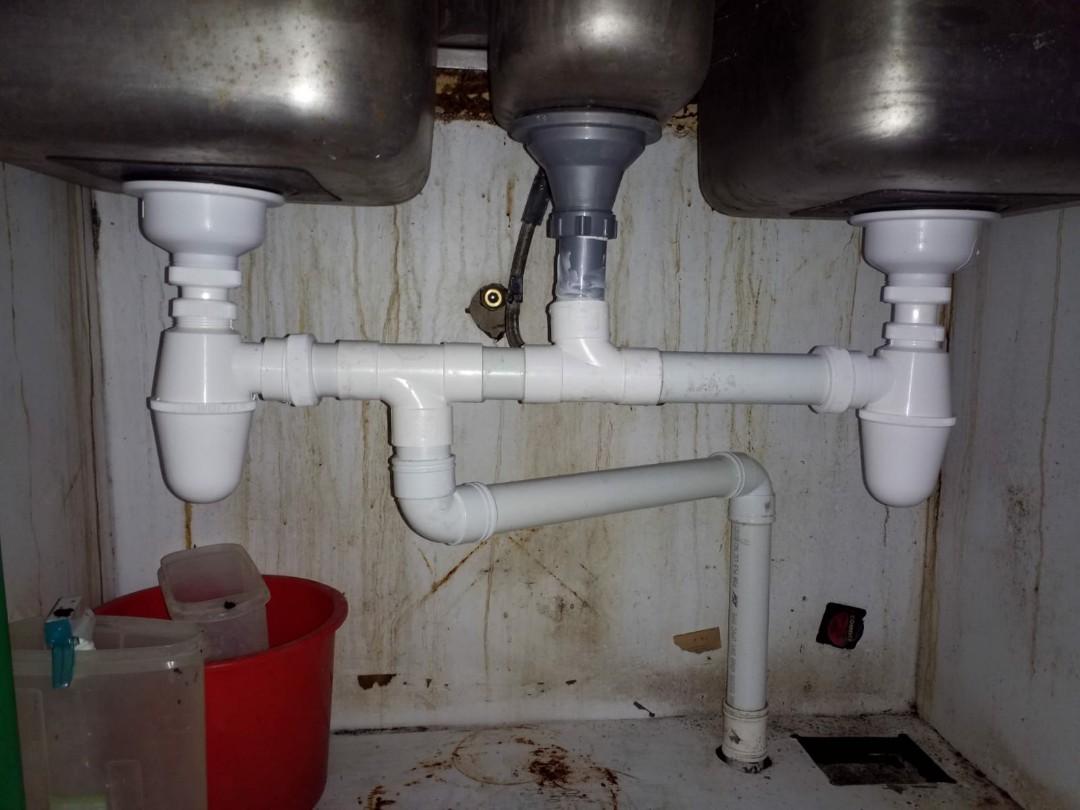






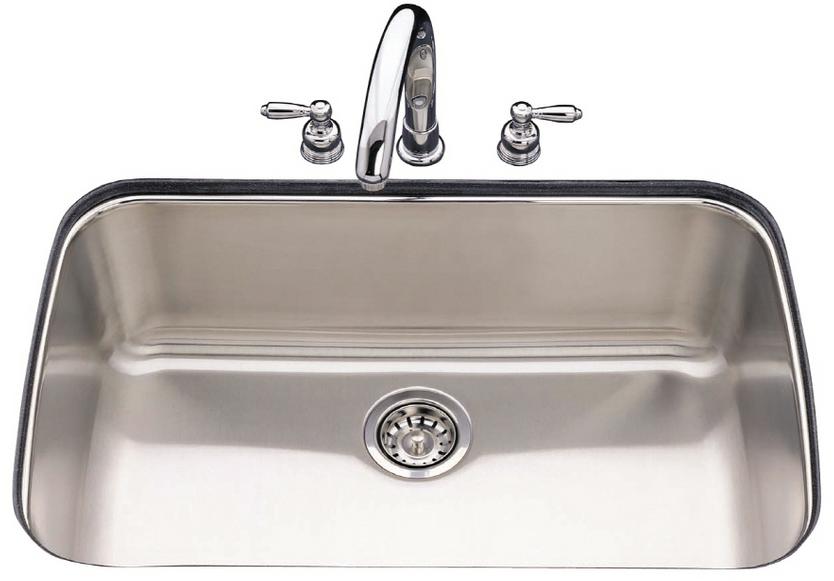

/how-to-install-a-sink-drain-2718789-hero-24e898006ed94c9593a2a268b57989a3.jpg)






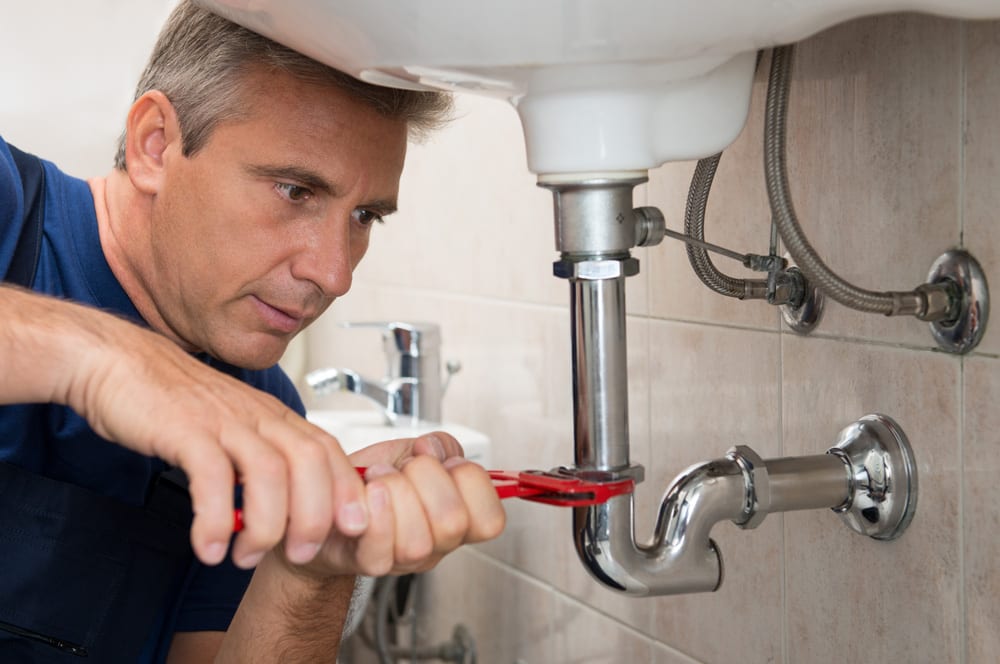
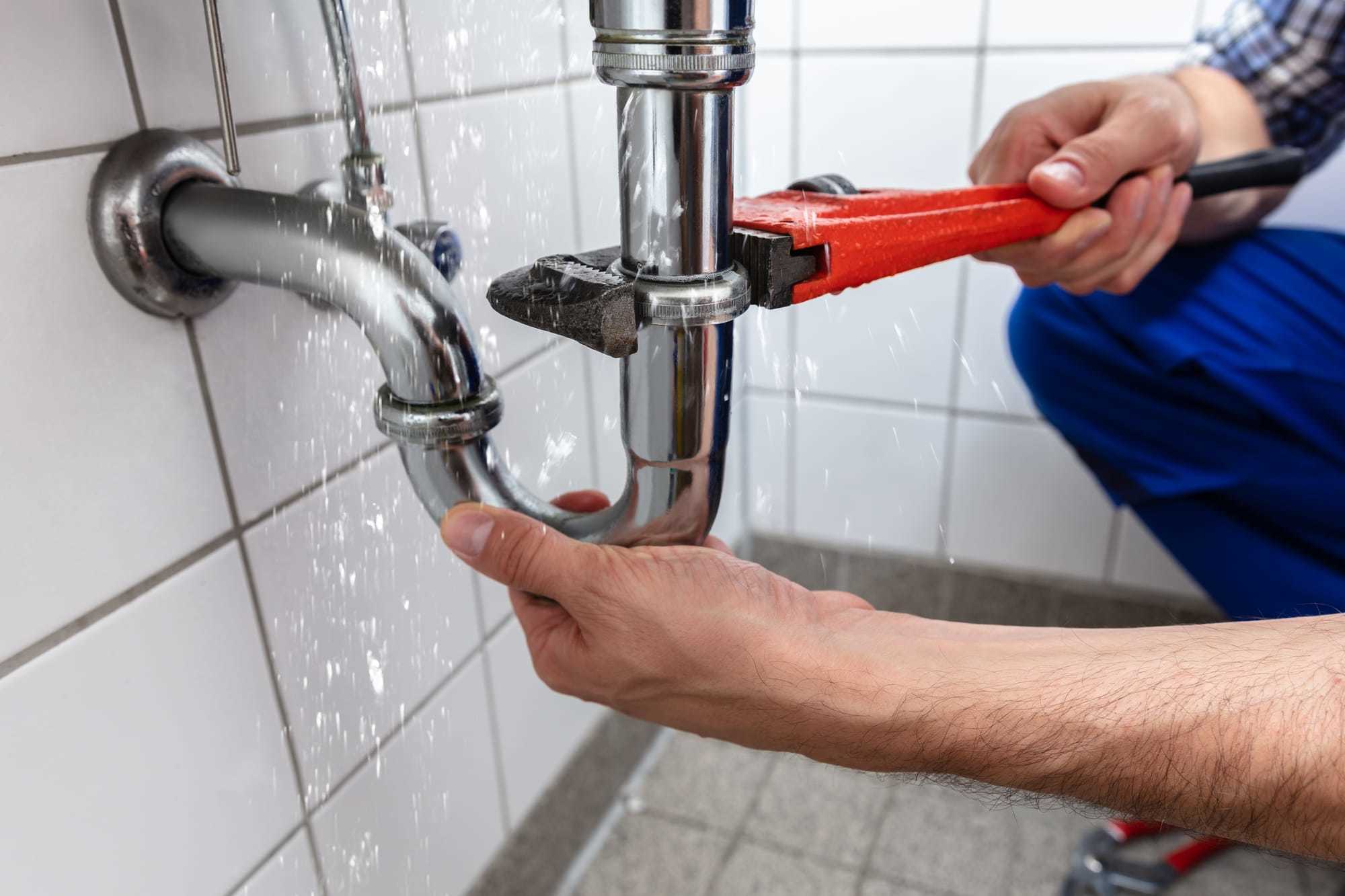





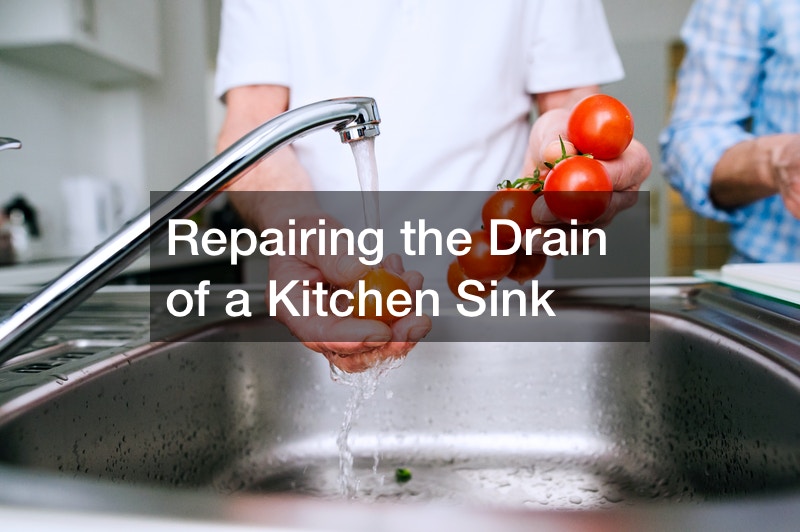
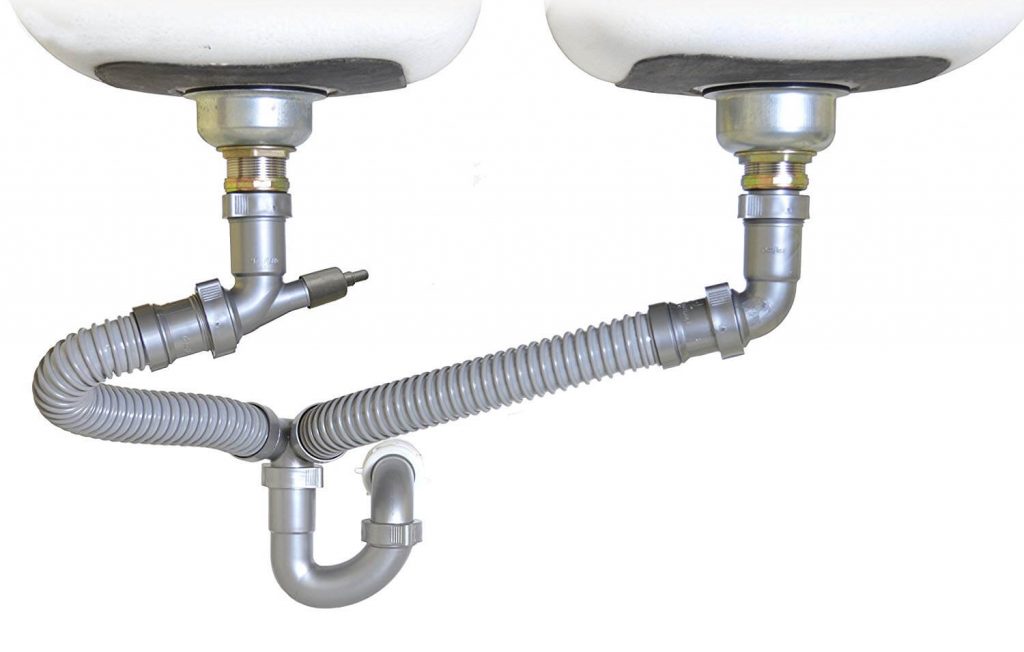


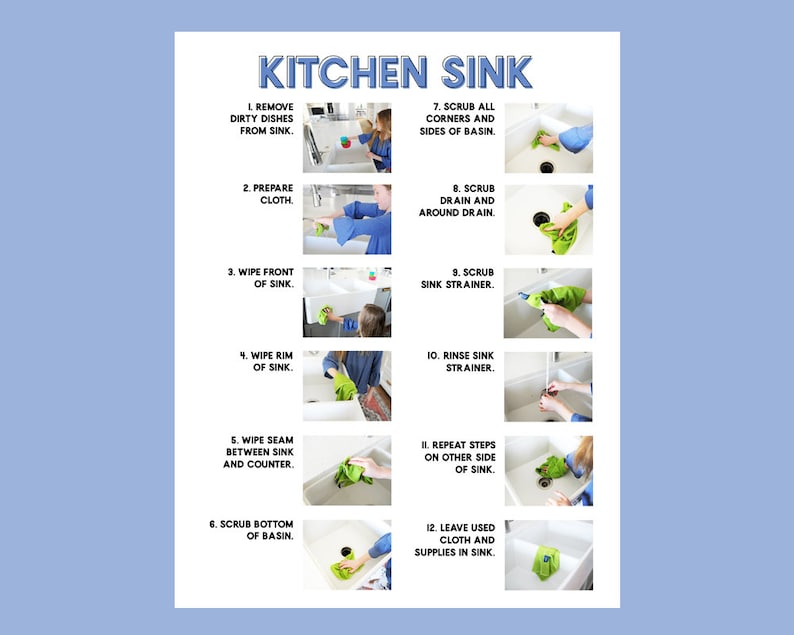









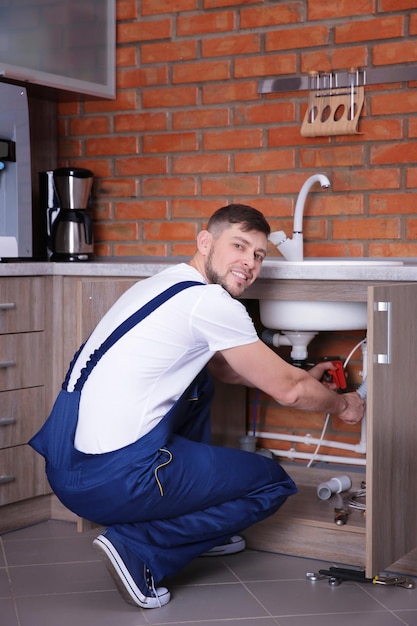





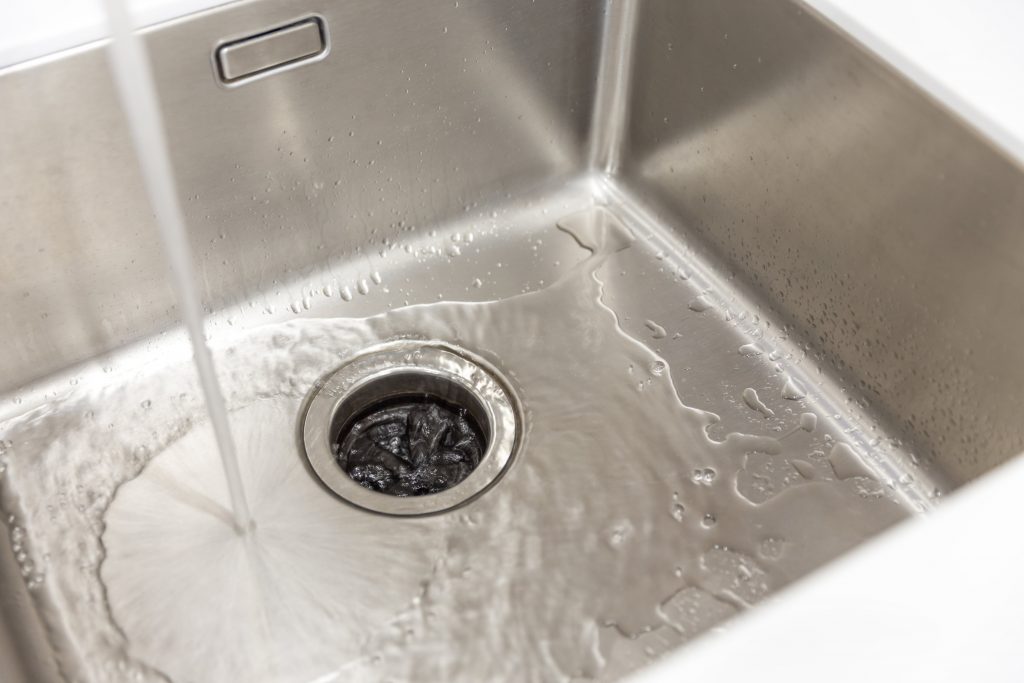







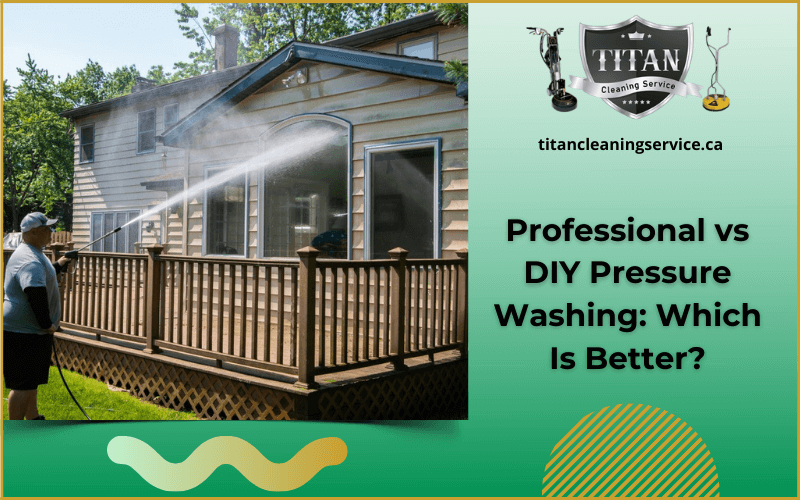
:max_bytes(150000):strip_icc()/steam-cleaning-professional-vs-diy-2908776-hero-24ffd77737924bca908036dabcdcbbad.jpg)

